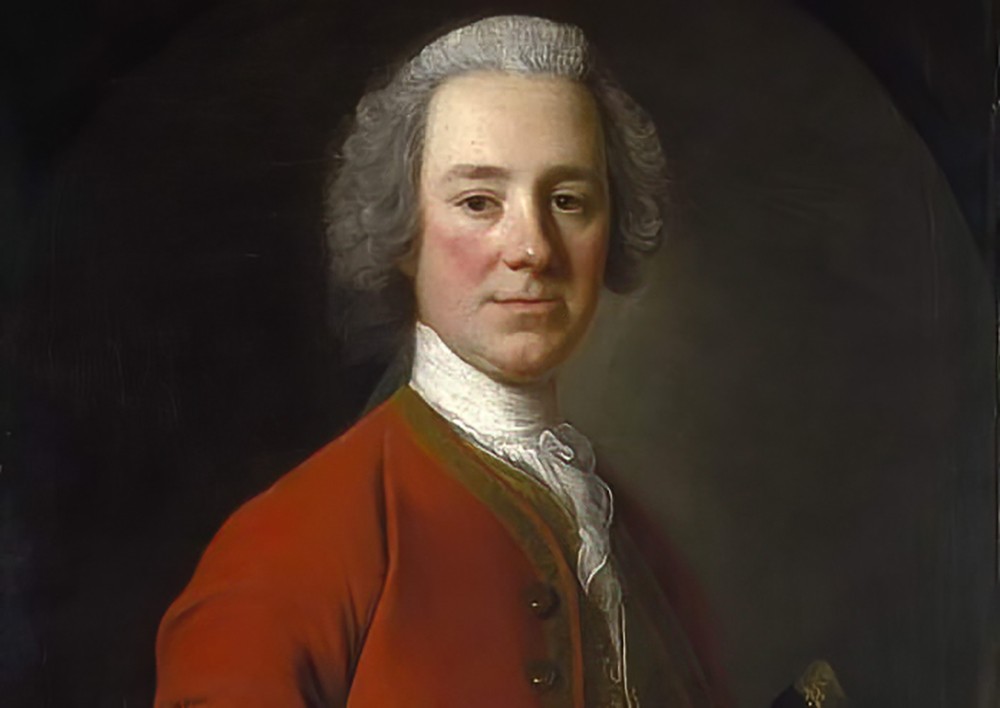On the night of 16-17 February 1746, a government force of around 1,500 from the 64th Highlanders and the Independent Highland Companies under the command of John Campbell, 4th Earl of Loudoun, attempted to take Charles Edward Stuart by surprise at Moy Hall, south of Inverness.
Following the aborted invasion of England, the Jacobite army of Charles Edward Stuart withdrew back to Scotland hoping to gather more men and receive French military support. After the Jacobite victory at the battle of Falkirk and the failed siege of Stirling Castle, it was decided that the Jacobite army would withdraw northward and establish a base at Inverness to prepare for a renewed campaign southward.
On 2 February 1746, the Jacobite leadership held a council of war in the Drummond Arms Hotel in the town of Crieff. Most were in favour of continuing the retreat, although Charles himself was against it. The Jacobite army was then split for the march north, with Lord George Murray taking the Lowlanders via Perth, Dundee, Montrose, and Aberdeen, and Charles with the Highlanders and artillery taking the road via Dunkeld, Blair Castle Ruthven, and Moy. This was a much easier route for the artillery, as most of the way was along General Wade’s military road, ironically built to help pacify the Highlands.

On 4 February, Charles and his troops crossed Wade’s Bridge at Aberfeldy and arrived at Castle Menzies, where he enjoyed a day of shooting. On 6 February, Charles and his troops marched through the Pass of Killiecrankie and arrived at Blair Castle. This was Charles’ second visit to Blair Castle, the first being in September the previous year at the start of the rising when James Murray, 2nd Duke of Atholl had abandoned Blair to the Jacobites.
Charles would stay at Blair Castle until the 10th when he continued towards Inverness. On the same day, an advance force of Jacobites under Major-General John Gordon of Glenbucket had forced the surrender of Ruthven Barracks in Badenoch. Charles arrived at Ruthven on the 12th and spent three nights at Ruthven Farm before heading on to Moy Hall on the 16th.
8 miles south of Inverness, Moy Hall was the home of pro-Hanoverian MacKintosh clan chief Angus, who was serving in the Black Watch, and his Jacobite wife ‘Colonel Anne’, the effective leader of the clan.
In Inverness John Campbell, Earl of Loudoun, commanded a force of around 1,500 pro-government highlanders, including his own 64th Highland Regiment and the Independent Highland Companies. On hearing that Charles was just 8 miles to the south, Loudoun led his troops out from Inverness on the night of the 16th, intending to capture him. His movements were, however, noticed and the word was quickly sent to Moy Hall, warning of the approaching government force.
Loudoun’s plan to capture Charles was unsuccessful. Under the cover of darkness and a thunderstorm, firing muskets and shouting clan war cries, a handful of Jacobites gave the impression of a large Jacobite gathering and Loudoun’s men retreated. The event became known as the ‘Rout of Moy’.
Loudoun reported on the incident:
we marched to the heights above the water at Nairn, when to my infinite mortification, saw and heard about a mile on my left, a running fire from the whole detachment. They saw, or imagined they saw, four men, on which they made this fire. But the consequence on the main body was very bad, for it threw us into the greatest confusion. I got my own regiment, at the head of which I was in the front, saved from falling out of the road. All faced to where they saw the fire. They were ten men deep, all pressed, and a good many dropping shots, one of which killed a piper at my foot, whilst I was forming them. The rest fell all back out of this road in a considerable way. It was utmost confusion, and it was a great while before I could get them brought up and formed; and the panic was still so great that it was with the greatest difficulty when the party came in, in twos and threes, that I could, standing before the muzzels of their pieces, prevent their firing on them.
The only casualty at Moy was on the government side: Duncan Bam MacCrimmon, Hereditary Piper to the MacLeods of Dunvegan.
First published on 16 February 2022

